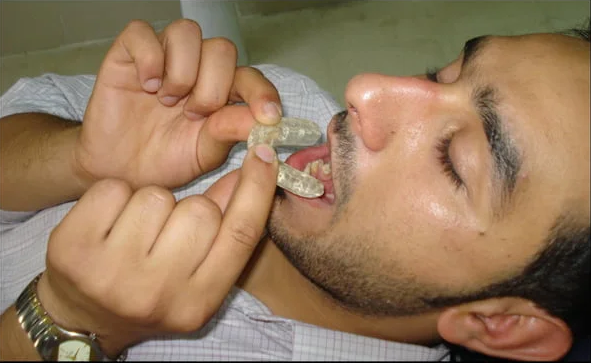Splint therapy for TMDs
- Home
- Splint therapy for TMDs

Splint therapy for TMDs
“TMJ disorder” is characterized by pain, swelling and other symptoms around the face and jaw. TMJ disorder is fairly common, and it can be managed with proper treatment
Bite Splint Therapy as one of the ways to manage TMJ pain
Splint therapy for TMJ refers to a mouth guard, bite plate or other type of oral apparatus prescribed by a dentist. These splints can be either hard or soft and can cover anywhere from a few teeth to all of the teeth. How does splint therapy help resolve TMJ pain and discomfort? A couple of different ways.
When worn, splints allow jaw muscles and ligaments to relax, preventing the occurrence of teeth grinding, clenching, or other jaw reactions that might trigger TMJ pain and discomfort. Aside from teeth grinding, TMJ disorder can stem from either an underbite or an overbite. Both of those afflictions put added pressure on the jaw. However, administration of a splint can help angle the bite into a more optimal position, which can help alleviate tension in the jaw.
Another benefit to splint therapy, especially in the case of people who grind their teeth, is that splints can essentially prevent teeth from becoming worn down and help offset the other negative side effects of teeth grinding.
A general dentist is a primary dental care provider. They offer routine dental check-ups and cleanings, in addition to basic restorative treatments, including fillings, crowns and bridges.
A prosthodontist is a dental specialist. After graduating from dental school, they receive three additional years of residency training. They specialize in making teeth replacements, such as crowns, bridges, dentures and more.
General dentists often refer to prosthodontists when dealing with complex cases or cases that are outside the scope of their practice.
